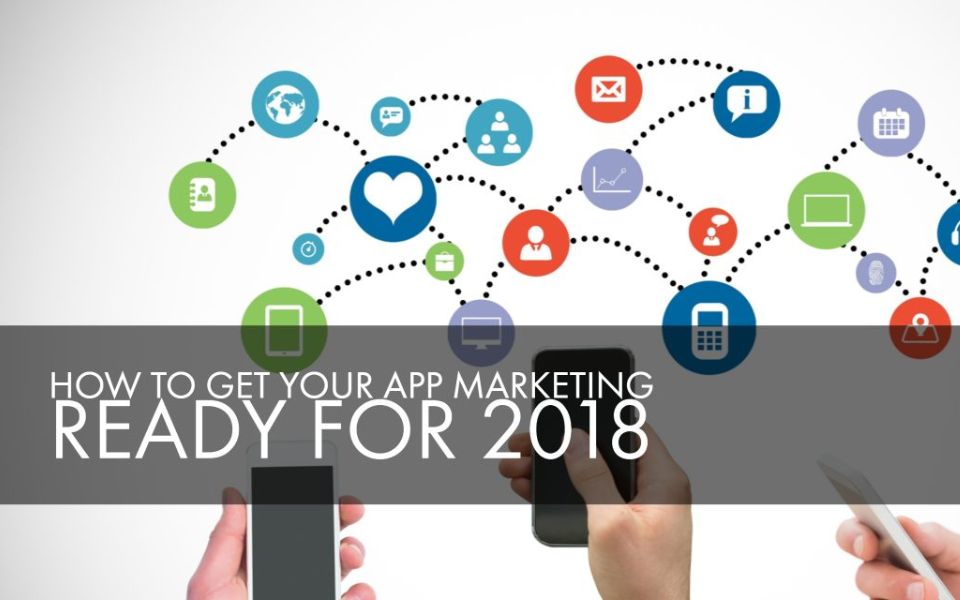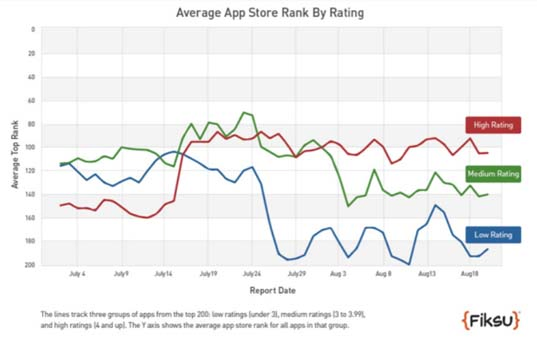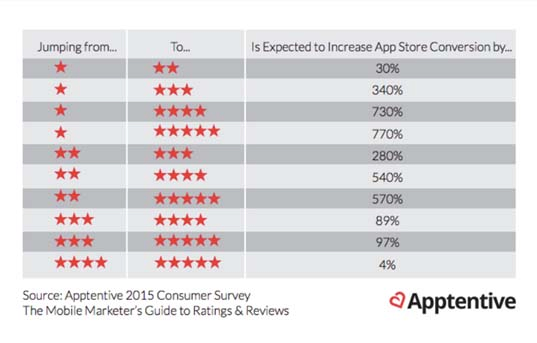Subscribe to Newsletter
Stay up-to-date with the latest tips & strategies. Get additional discounts & alerts on offers.

The number of apps in App Stores is growing every day. It’s not enough to just create a good app and become the next Pokemon Go or Angry Bird. As if the competition was not enough, Apple App Store separated apps and games. It even launched a Today’s tab in the iOS 11 update. This section features all the new launches every day.
Not only Apple, but Google Play Store is also coming up with new launches. This has posed a big problem for app developers and marketers. You need to have a solid app marketing and promotion strategy. In this post, we are going to discuss what all trends will dominate app marketing in 2018 and how you can implement them easily.
Ratings and reviews are some of the most important factors in app discoverability and installation. As the image below indicates, high ratings and reviews are the most important factors for driving better results.

But most marketers confuse it with the fact that one needs to have tons of ratings and reviews and in the process often lose out on quality. Whereas, good quality ratings and reviews have more impact than bad but lots of ratings.

As you can clearly see from the above image, based on a customer survey from Apptentive, that ratings and reviews that are positive have more effect than the numbers. So if you have lots of reviews but most of the users gave you 2 stars whereas your competitor has a lesser number of reviews but with positive comments and more stars, it is bound to rank higher. It’s best to focus on getting good quality reviews as 70% of people to read at least one review before downloading an app.
Everyone knows that keywords in the app’s title and description are of utmost importance, but another important factor is the length of the title. Google Play used to give only 30 characters limit for writing app titles. This used to baffle marketers for including the most relevant keywords without losing the meaning. However, recently Google Play Store increased its limit to 50 characters.
This has given marketers an opportunity to have the most important (and long-tail) keywords in the app title itself. You should also not lose out on this opportunity and make use of this feature as much as you can.
Google Play and App Store wish to offer high-quality apps; That’s why they might reward you for regularly updating your app and app store page in 2018. When it’s time to get the word out about major feature updates, there are several channels developers consistently use, including their App Store product page, websites, and social media accounts.
What’re New notes on the App Store are often the first place to let new and existing users know about any changes. If features are added or fixed based on feedback or reviews, this is the place where you tell the user that they have been heard.
A great example over here is the Sing, Karaoke app by Smule. Their team regularly refreshes its app icons to give users a subtle hint that the app has been updated. Holidays, cultural events, and big product launches are all potential opportunities to make an update relevant to users.

But regular and frequent updates can be a tiring task. It’s not easy to manage new versions and look for opportunities for updates. This is where tools like App Radar can be of real help. As App Radar has combined iTunes Connect and the Google Developer Console in a single tool, app management becomes really easy and hassle-free. So you can launch an update simultaneously on both app stores.
Till now we were talking about what could be the possible game-changer in the field of app marketing in 2018. However, there are some evergreen ways to market your app. Not only market but make the app overall more visible and downloadable. Some of these are ASO, localization, and good old Social Media Marketing of your app. But if done correctly you can stand out in these two. Let’s see how:
Whenever we talk about ASO for apps, the first question to pop up is how do we beat the competitors who have probably nailed ASO by now. The answer is you don’t beat competitors, instead, you create a whole new strategy that gives you an edge over competitors.
Let’s talk about Keyword strategy first. Since your competitors are probably big brands who are competing for all the popular and high search volume keywords, you need to think about a whole new plan. A common way to deal with strong competition is to enhance your brand name with matching keywords. Add one or two descriptive keywords to your app name so visitors know immediately what your app is about. However, try to stay authentic and maintain readability.
Another great way to find hidden keywords is by using App Radar’s keyword tracking features. You can find and track short and long-tail keywords, their popularity and find out if your competitors also rank for them.
Doing ASO, there is another important factor you should not miss: Localization. Localization not only makes your app more visible and downloadable but also helps in eliminating competitors that are not optimized locally. We know that English is the most common language in digital communication, although only 10% of the world’s population are native speakers of English. It is a fact that many people understand English. Smartphones are part of our everyday routine and in living their routines, people want that to go a simple and convenient way.
Now there are many ways to do localization but the most important ones are app title, description, keywords field, and screenshots.
There is also the promotional text field which is overlooked by many. Since the promotional text is shown just beneath the screenshot section, it still is often read by app page visitors. So, this text is the perfect place for a catchy, localized call to action or app promotion. The below image shows how Nike nailed it with localized promotions.
Marketing your app via Social Media is not new. However, what’s new is finding and creating a strategy that utilizes this approach to its maximum potential. Some of the best practices for 2018 can be:
There can be tons of best practices to follow this year or next year but the whole idea is to find what works for you and successfully implement it. So keep optimizing and reach new heights in the upcoming year!
Show some love!

Subscribe to Newsletter
Stay up-to-date with the latest tips & strategies. Get additional discounts & alerts on offers.
Related Articles
Subscribe to Newsletter
Stay up to date with the latest marketing, sales, and service tips and news.
Enter Your Details